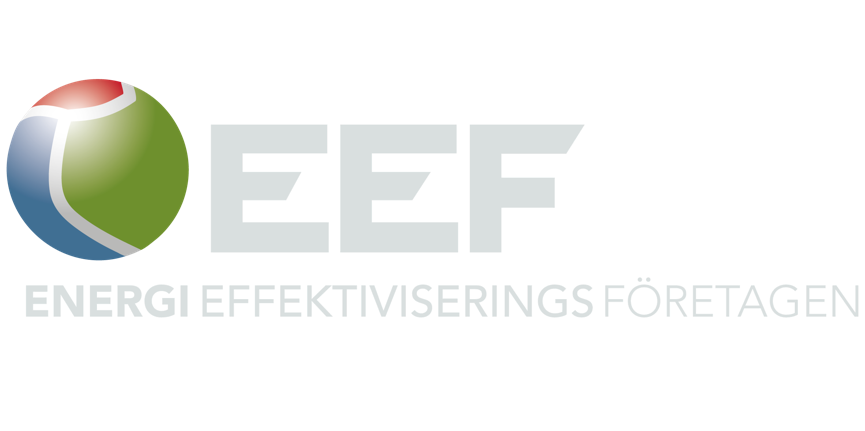Genom optimering av värme, kyla och ventilation kan du sänka energikostnaderna, minska miljöpåverkan och förlänga utrustningens livslängd. Vi erbjuder energianalyser för alla typer av fastigheter.
Genom att optimera värme-, kyla- och ventilationssystem i din fastighet kan du sänka energikostnaderna, förlänga utrustningens livslängd och minska ditt klimatavtryck. Nordisk Energioptimering erbjuder professionella energianalyser för alla typer av system, från mindre kyl- och värmeanläggningar till storskaliga industriella installationer. Vi hjälper dig att säkerställa att dina system fungerar så energieffektivt som möjligt och skapar en mer hållbar och kostnadseffektiv drift.
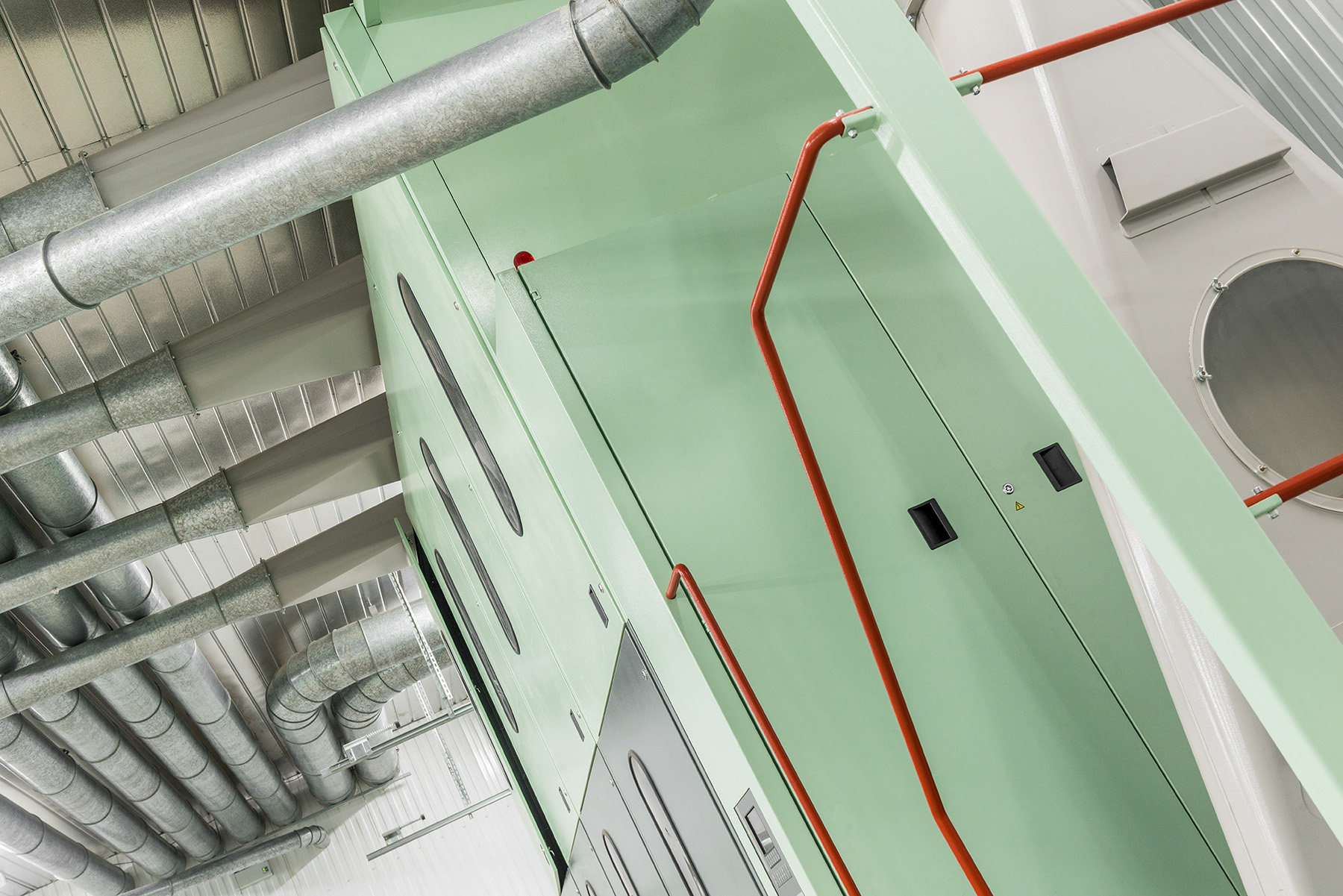

Vårt team av experter utför omfattande analyser för att förstå den specifika energianvändningen i din fastighet. Genom att använda extern mätutrustning och faktiska data identifierar vi förbättringsområden och föreslår konkreta åtgärder för energibesparing. Vanliga förbättringsområden kan inkludera:
Upptäck om värmen eller kylan distribueras ojämnt, vilket kan skapa obehag för boende eller anställda och leda till onödigt hög energiförbrukning.
Säkerställ att alla energisparfunktioner används korrekt och effektivt för att maximera besparingarna.
Fördelar med
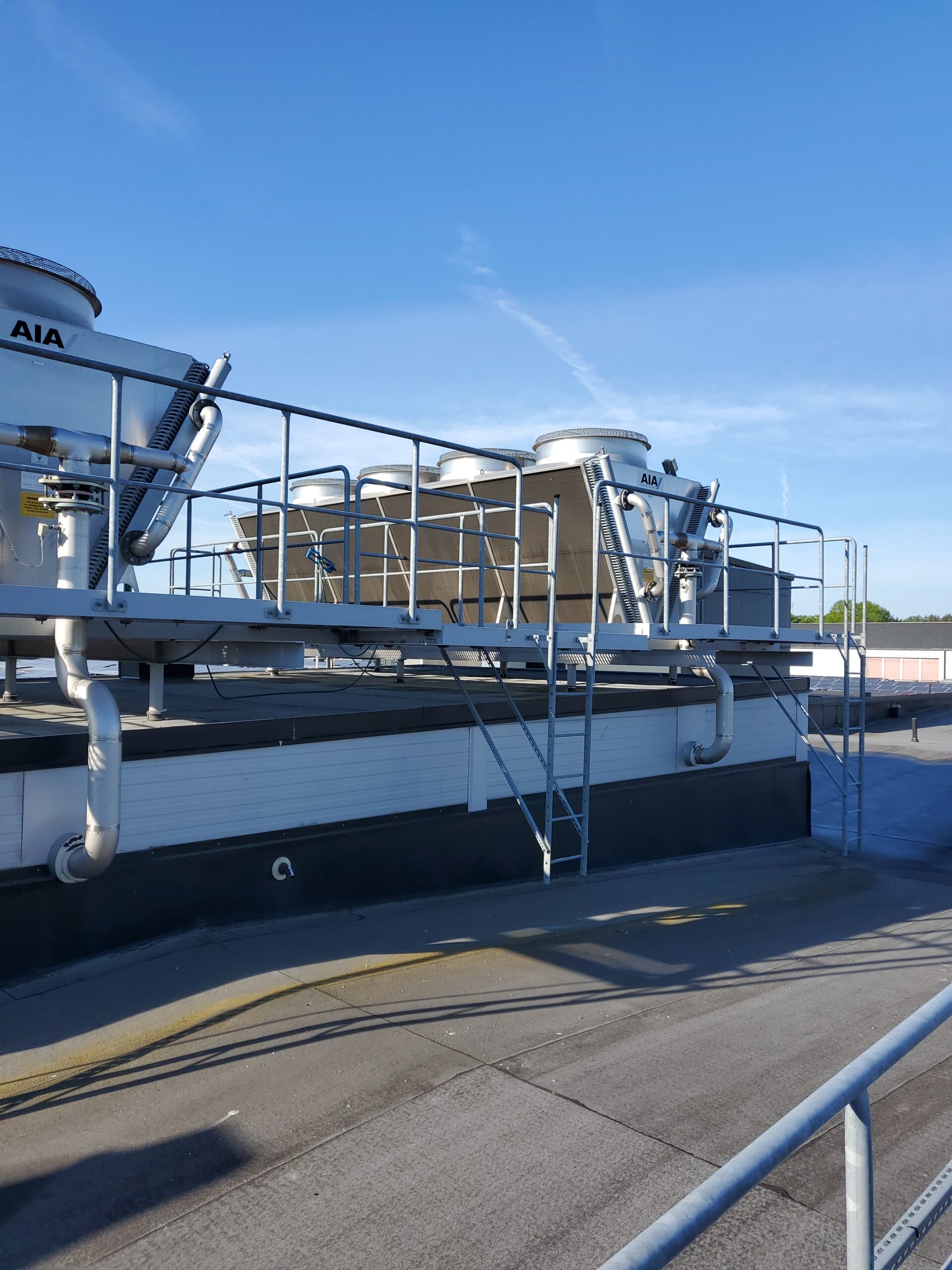
Effektiv rengöring som minimerar driftstopp och sparar tid.
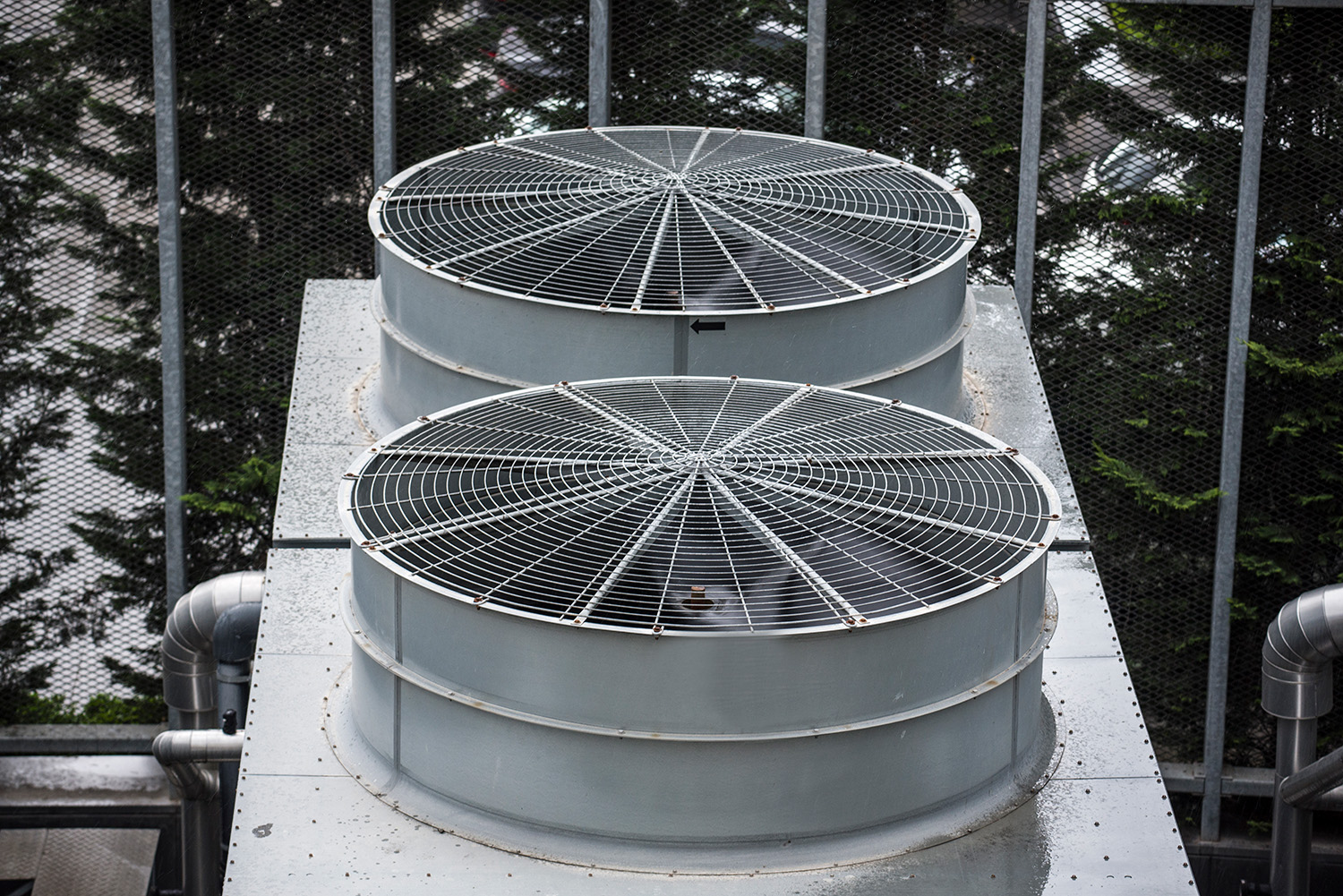
Höjer prestandan och minskar energiförbrukningen.
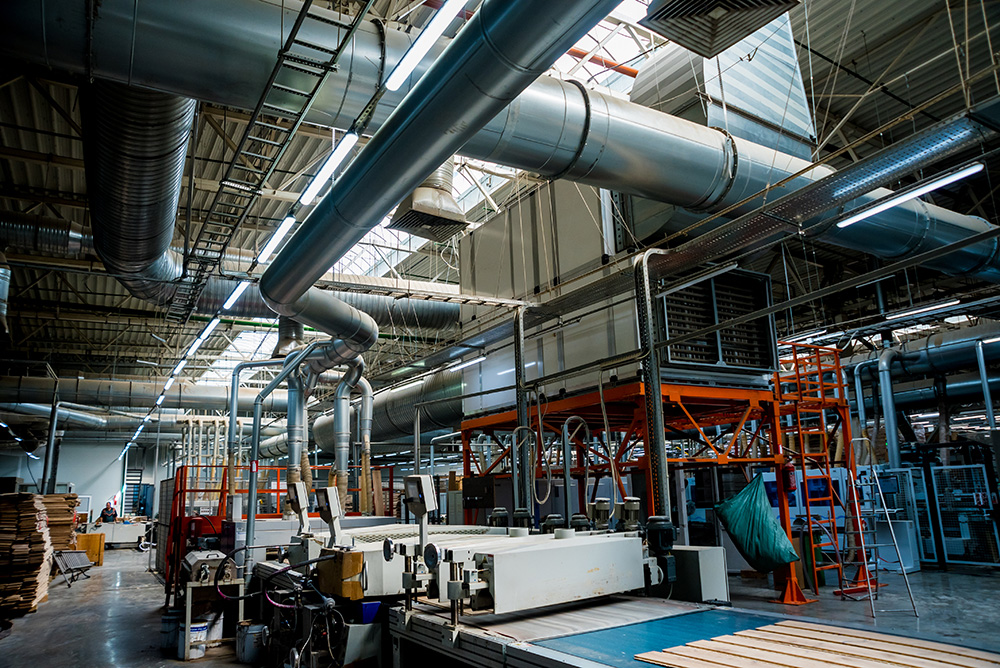
Kostnadseffektivt med snabb återbetalning på 6-12 månader.
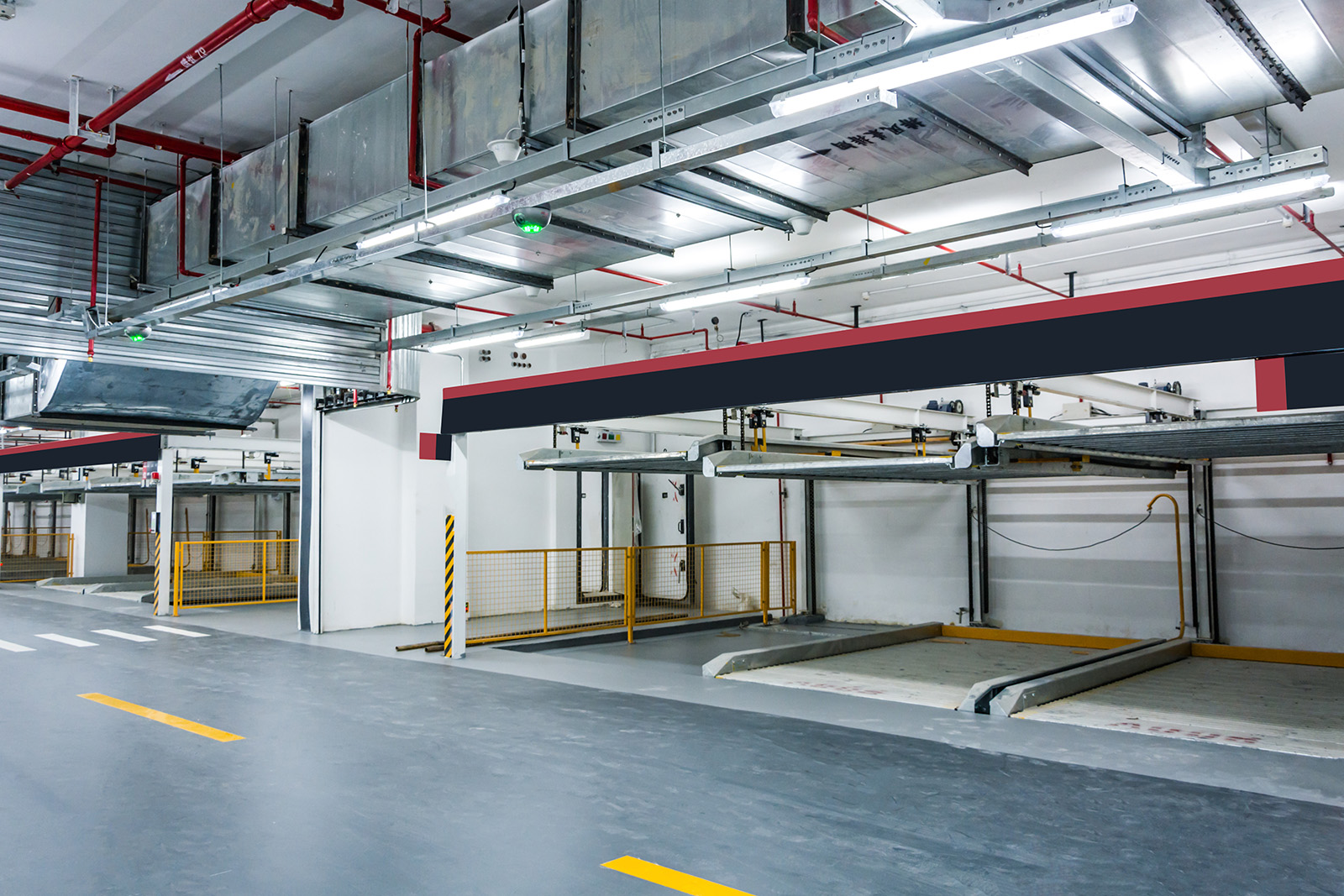
Miljövänlig metod kemikalier och avfall.
Vi hjälper våra kunder att få ut maximal effektivitet ur sina värme-, kyla- och ventilationssystem. Med vår erfarenhet och kompetens kan du förvänta dig följande fördelar:
Sänk dina energikostnader genom en optimerad drift.
Genom att minska energiförbrukningen bidrar du till en mer hållbar fastighet.
Minskat slitage ger en längre livslängd för kyl-, värme- och ventilationssystem.
I stället för att förlita sig på uppskattningar använder vi faktiska mätvärden, vilket ger dig en exakt bild av din fastighets energiförbrukning. Detta tillvägagångssätt minskar risken för felaktiga beslut och ger en stabil baslinje att mäta framtida energibesparingar mot. För system med många driftstimmar kan små justeringar göra stor skillnad och ge betydande besparingar över tid.
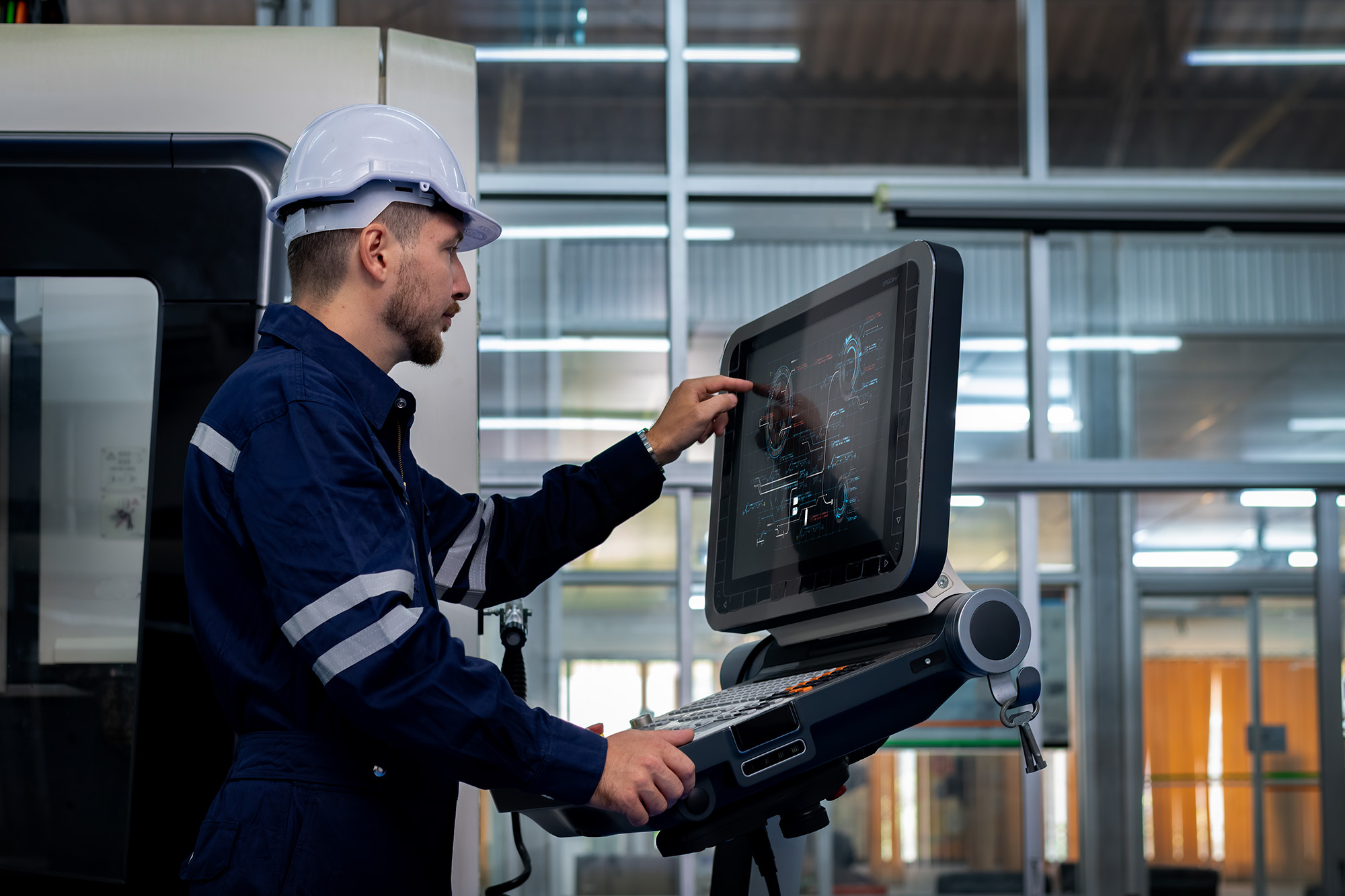
Vill du optimera energikostnaderna och förbättra inomhusklimatet i din fastighet?
Klicka på knappen för en kostnadsfri prisförfrågan. Låt oss hjälpa dig att skapa en energieffektiv och hållbar drift genom professionell rengöring!
Här besvarar vi några utav det vanligaste frågorna vi får kring optimering av värme, kyla och ventilation.
Vi rekommenderar en genomgång vart tredje till vart femte år för att säkerställa att systemen är uppdaterade och fungerar energieffektivt.
Optimering kan ge betydande kostnadsbesparingar, särskilt i fastigheter med hög energiförbrukning. Små justeringar kan göra stor skillnad på lång sikt.
Alla typer av fastigheter – från kontor och bostäder till industribyggnader – kan dra nytta av en energianalys och optimering.
Har du ytterligare frågor eller bara vill ta ett samtal. Tveka inte på att kontakta oss!
Upptäck våra omfattande tjänster inom mätning och energioptimering. Vi hjälper dig att analysera, optimera och effektivisera energianvändningen för hållbara resultat.
Vår vision är att vara den mest erfarna och kompetenta energioptimeraren på marknaden. Med NEO-metoden är vi marknadsledande med denna specialrengöring för värme- och kylanläggningar för fastighet och industri.



